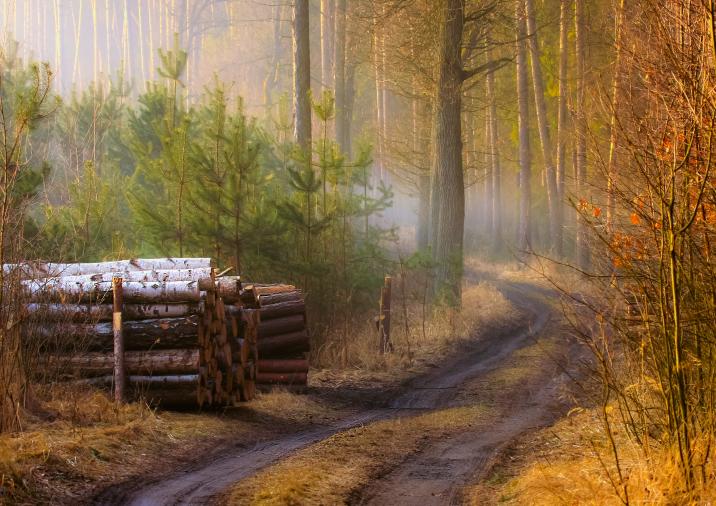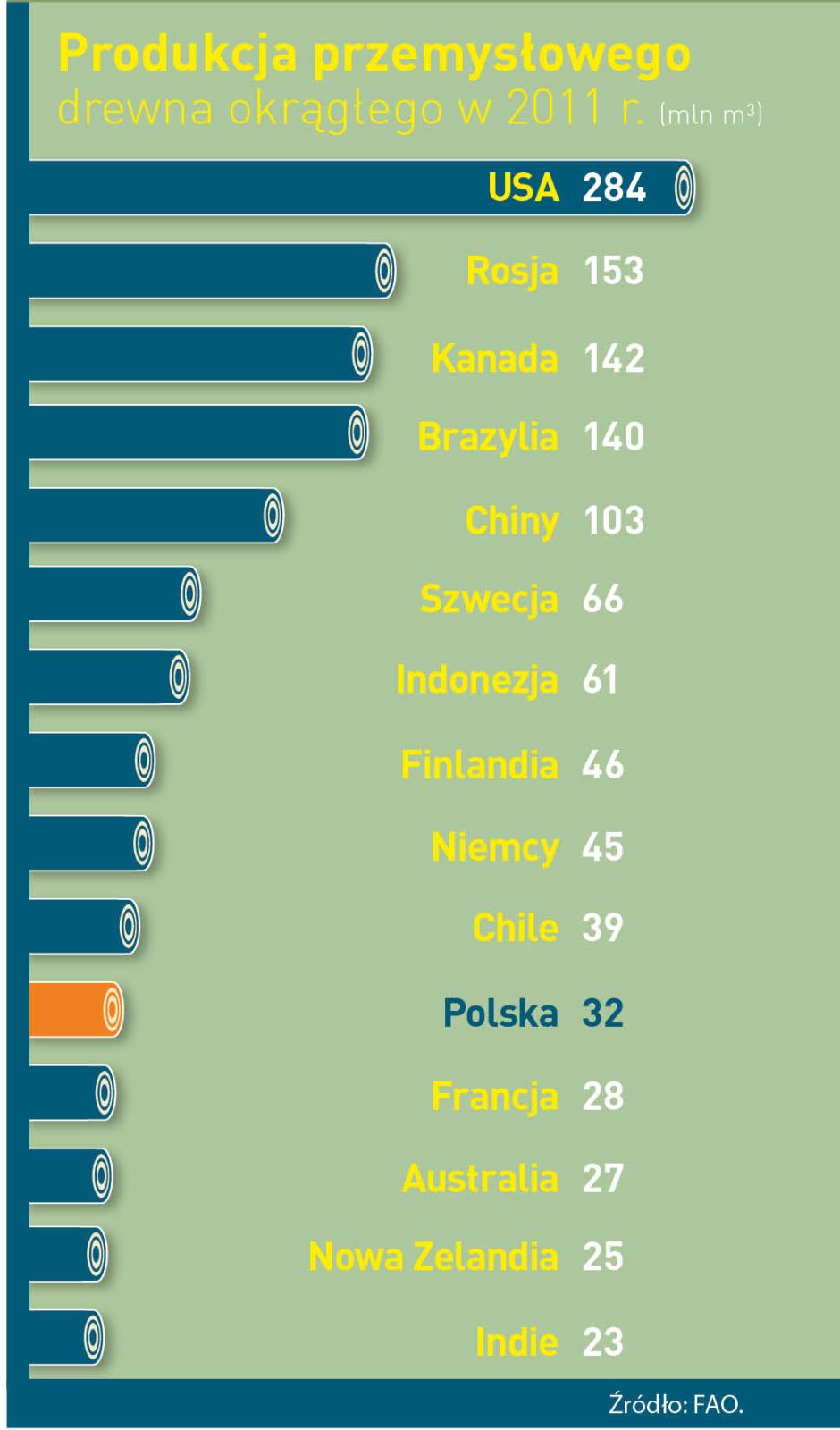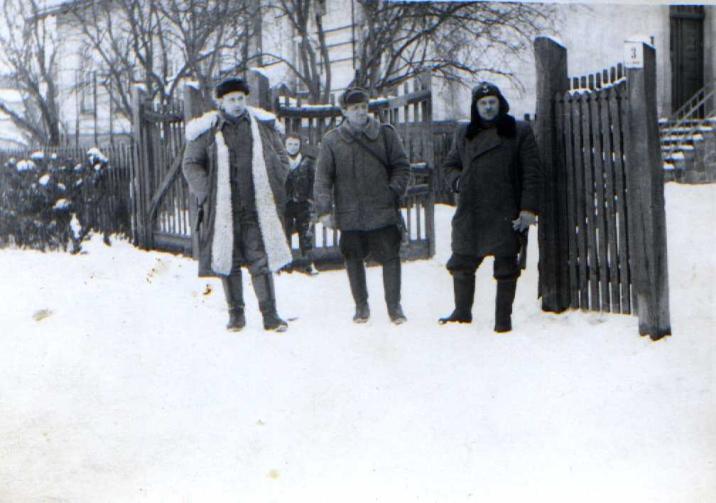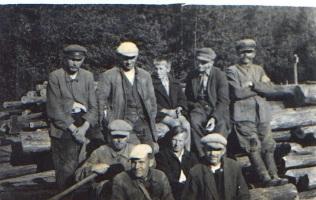 Asset Publisher
Asset Publisher
Polish hit
Polish products made of wood – furniture, window and door frames, yachts or paper and packages – these are real hits of the market.
Our country is the is the 10 largest producer of furniture and the 4 largest furniture exporter in the world. Wood industry sells abroad goods of its approximate value of 45 million zl annually, what constitutes 10 % of the whole Polish export. The measurement of the essential role of forestry and timber based sector in our management is that, it works out about 2 % of GDP (Gross Domestic Product). Not only it gives work to thousands of people, but it is also an engine of investment and of development of innovative technologies. From the beginning of transformation, it drew foreign capital of its value over 30 million zl.
Forest gives work
The State Forests belong to the leading group of employers in Poland. However, both forest and timber provide for workers with several thousand of Forestry Services Companies, which within the contract of mandate deal with, among others, planting trees and their nursing, wood logging and its transportation. And above all cooperate with people employed in several dozen thousand of companies creating wood and furniture industry and paper manufacture. Summing up, it gives as many as 375 thousand of Poles altogether. Statistically, every hundred inhabitant of our country works in the sector connected with forestry and wood processing.
Among private companies of forestry and timber based sector, there are also big companies with the share of foreign capital , and big and medium sized indigenous companies, but 9 of 10 companies in this sector are small plants employing less than 10 people. These are often family companies, cultivating multigenerational traditions connected with forestry and working in less developed regions of the country. There, forestry and wood industry, as well as agriculture constitute the basis of maintaining hundred thousand of families. As many as 600 % of all working places in the forest and wood based sector are located within rural areas.
Forest and wood based sector works out about 2 % of Polish GDP (Gross Domestic Product).
- 2 % of Polish GDP works out forest and wood based sector .
- Poland takes 4 place as the largest furniture exporter and 10 place as the largest producer of furniture.
- 50 % of paper and 9 of 10 pieces of furniture produced in Poland is exported abroad
- The value of annual export of Polish goods of wood and furniture industry and paper manufacture equals 45 billion zl (it is 10 % of the whole export).
- 30 billion zl , as direct foreign investments, have been drown since 1990 by Polish wood based sector (5,5 % of all).
- 100 kg of paper is used annually by statistic Pole (an average of UE is 160 kg, for USA – 230 kg).
Source: E. Ratajczak „Potencjał gospodarczy przemysłów opartych na drewnie i perspektywy ich rozwoju (Economic performance of wood – based industries and perspectives of their development)", GUS, Warszawa 2012.
 Asset Publisher
Asset Publisher
 Asset Publisher
Asset Publisher
Nadleśnictwo - historia
Nadleśnictwo - historia
Historia administracji leśnej na terenie obecnego nadleśnictwa ma prawie 200 lat.
W 1810 roku powstało Königlichen Oberförsterei Jacobshagen, czyli Królewskie Nadleśnictwo Jakubowo (do 1948r. Dobrzany nazywały się Jakubowo).
Mapy i operaty urządzeniowe z 1820r., a zwłaszcza z 1867r. świadczą o planowej gospodarce leśnej. Nadleśnictwo zarządzało dość dużymi kompleksami leśnymi systematycznie powiększanymi i scalanymi poprzez wykup gruntów i lasów prywatnych, które i tak w okresie przedwojennym zajmowały ok.50% ogółu lasów stanowiących późniejszy obręb Dobrzany.
Lesistość terenów położonych w granicach nadleśnictwa Dobrzany była w okresie przedwojennym dużo mniejsza niż obecnie i nie przekraczała 20%, a w okolicach Stargardu, Pęzina, Starej Dąbrowy była poniżej 10% - oczywistością było rolnicze wykorzystanie żyznych gleb.
Dobrzany administrowały dużymi kompleksami leśnymi. W 1912 roku obszar lasów wynosił 4083 ha, w tym dęby zajmowały 620 ha, buki -1450 ha, brzozy -150 ha, olchy -70 ha, sosny -1120 ha, świerki -200 ha.
Gospodarka leśna dawała zatrudnienie około 300 robotnikom, przyczyniła się też do utworzenia nowych dróg do okolicznych wiosek. Konieczność wywózki drewna spowodowała przecinki, utwardzanie dróg, połączenie ich z szosami. Największą inwestycją była droga brukowana Dobrzany-Trąbki zbudowana w 1872 roku.
W początkach XX wieku uporządkowano także las miejski i oznaczono dla celów turystycznych pomniki przyrody. Szczególnie wyeksponowano zrośnięte buki, które nazwano „leśni bracia".
Pierwszego października 1972 roku nadleśnictwo Dobrzany połączono z nadleśnictwami: Chociwel, Dolice za wyjątkiem leśnictwa Płotno.
W 1976 roku zgodnie z zarządzeniem dyrektora Okręgowego Zarządu Lasów Państwowych rozwiązane zostały dotychczasowe lesnictwa: Dobrzany, Błotno, Suchań, Kozia Góra, Pęzino, Lisowo, Wieleń, Karkowo, Lublino, Dolice, Mogilica, Ziemomyśl, w miejscu leśnictw wprowadzono: Leśnictwo Obrębu Leśnego Dolice, Leśnictwo Obrębu Leśnego Dobrzany, Leśnictwo Obrębu Leśnego Chociwel.
W obecnych granicach nadleśnictwo funkcjonuje od 1993 roku, po przekazaniu części gruntów do Nadleśnictwa Choszczno i utworzenia jednego obrębu Dobrzany












